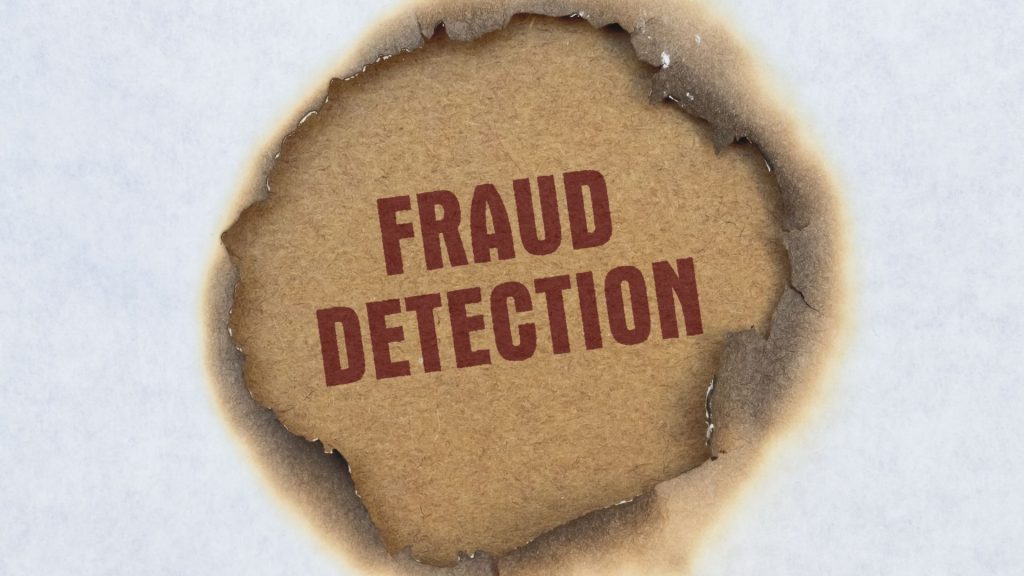Data visualization in fraud detection plays a pivotal role in helping financial institutions identify patterns, anomalies, and trends, enabling quicker responses to potential threats.
Fraud detection and investigation are expensive and complicated processes. To detect and investigate fraud effectively, institutions need to check connections between people, accounts, transactions, and dates and understand complex sequences of events.
This means assessing and analysing a lot of complex or big data. The challenge is complicated further by fraudsters’ fast-changing tactics and fraudulent strategies. As frauds become more sophisticated, so too must the fraud analyst’s data visualization and detection tool.
To stop fraud incidents, analysts look for two different types of frauds including “known frauds” and “unknown frauds”.
The ‘known fraud’ is a fraudulent activity that has been encountered before and can be automatically detected with rule-score-based and pattern-based tools.
Data Visualization in Fraud Detection
Data visualization is considered an investigative tool providing the accurate situational analysis needed for fast-go/no-go decisions.
Unknown fraud is a fraudulent activity that has not been seen before. It’s likely to go under the radar of automated fraud systems, so data visualization becomes a powerful fraud detection tool.
Fraud analysts have 2 priorities when working with known fraud: speed and accuracy.
They often have just a few minutes to approve or deny a case. Making fast decisions with confidence is essential. Clear, powerful, and interactive visualization makes this possible.
Link analysis transforms complex scenarios into simple, intuitive views that can be quickly understood. The data in this example represents an insurance claim, showing policies, claims, claimants, vehicles, witnesses, and doctors.
This is enough for the analyst to flag this claim for deeper investigation.
Visualizations may enhance the quick identification of relationships and significant structures and the detection of suspicious patterns or frauds that may hide in the big data.
Besides the visual exploration, interaction with the data allows for a deeper understanding of the dependencies within the data changing over time.
The timeline visualization adds a time dimension, making it easy to understand the sequence in which events unfolded.
This dataset contains a record of credit card transactions. We can easily pick out those which are disputed (in red) and identify the patterns around them.
Combining powerful link analysis and timeline visualization with their domain knowledge, fraud analysts can quickly learn which patterns are normal, and which need to be investigated.
There may be some densely-connected areas that show unusual connectivity. An analyst would explore this in more detail, using investigative techniques to understand the behaviors involved and whether or not it conceals fraud.
Final Thoughts
Fraud detection and investigation, a complex and costly endeavor, necessitates the intricate analysis of vast data to discern patterns and connections among transactions, accounts, and individuals. As fraud techniques evolve, institutions are compelled to advance their detection tools, especially in distinguishing between known and unknown frauds. Data visualization emerges as a pivotal tool in this dynamic, transforming convoluted data into clear, interactive insights.
Whether mapping out insurance claims or scrutinizing credit card transactions, visual aids like link analysis and timeline visualization empower analysts to swiftly identify anomalies and discern genuine threats from routine patterns. These visual tools, enriched by the analyst’s expertise, illuminate hidden fraudulent schemes within vast data networks, ensuring timely and informed decision-making.




